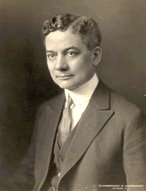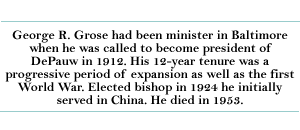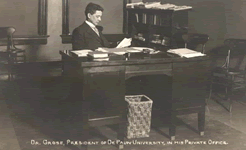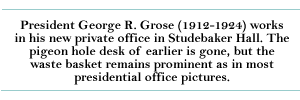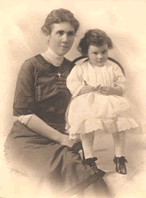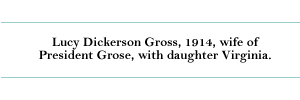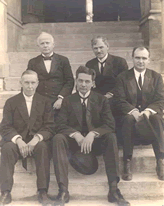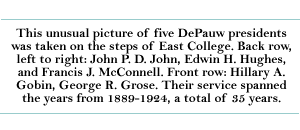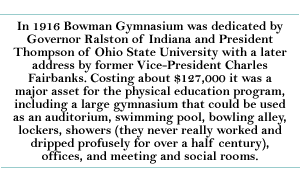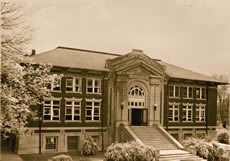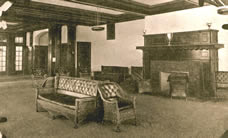
|
Pages: << Back 4 5 6 7 8 9 10 11 12 13 Next >> President
McConnell had to deal with the problems of the Schools of Art and
of Music, both suffering enrollment declines under the leadership
of the aging and ailing Belle Mansfield. In January 1911 Robert
G. McCutchan was appointed the new dean of the School of Music,
which experienced a renaissance under his vigorous direction. It
remained on the traditional proprietary basis whereby instructors
received a proportion of the student fees in lieu of a regular salary.
Soon joining McCutchan's staff were accomplished musicians Van
Denman Thompson in organ and piano and Howard J. Barnum in violin,
the latter of whom also became the conductor of the university orchestra.
In 1912 the trustees once again chose for the DePauw presidency a graduate of both Ohio Wesleyan and the Boston University School of Theology. He was George R. Grose, minister of a Methodist church in Baltimore and, at 43, six years older than either of his two predecessors at the time of their election to the presidency. His 12-year term as president was to bring stability and financial strength to the university during a period of expansive growth.
Large
individual gifts also made possible the construction of three buildings.
The first was the Bowman Memorial Gymnasium, named for the former
president and chancellor, Bishop Thomas
Bowman, and funded in part by his daughter Sallie Bowman Caldwell
and her husband, who had already contributed the large organ installed
in Meharry Hall in 1914. Designed by the well known Indianapolis
architectural firm of Robert P. Daggett & Company, this imposing
structure provided not only much-needed indoor athletic facilities
for both men and women, including a swimming pool, but also space
that could be used as an auditorium for large university gatherings
and meeting rooms for various student activities. The large Hugh
Dougherty Room on the main floor, named for the president of the
board of trustees, was set apart especially for the use of the YMCA
and YWCA. Bowman Memorial thus served for many years after its erection
in 1916 as a student union as well as gymnasium.
One of the major contributors to the building of Bowman Gymnasium was Edward Rector, a wealthy patent attorney whom his friend Roy O. West, a DePauw graduate and fellow member of the Chicago bar, had drawn into an active interest in DePauw affairs. Learning that the university needed an additional dormitory to house the growing number of women students, Rector agreed to provide $100,000 to construct one. The result was the erection in 1917 of Rector Hall on the site of the former Simpson Art Hall. |
Depauw University e-history | E-mail comments to: archives@depauw.edu
